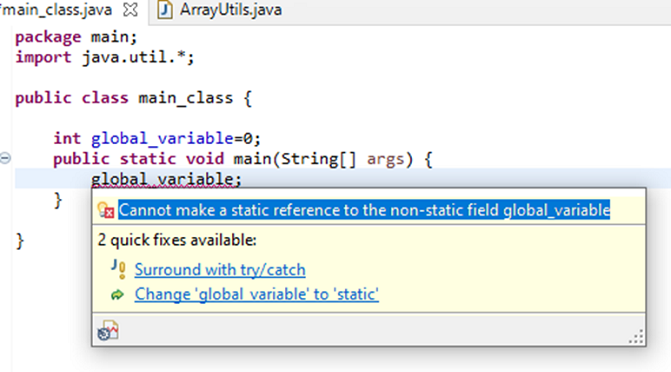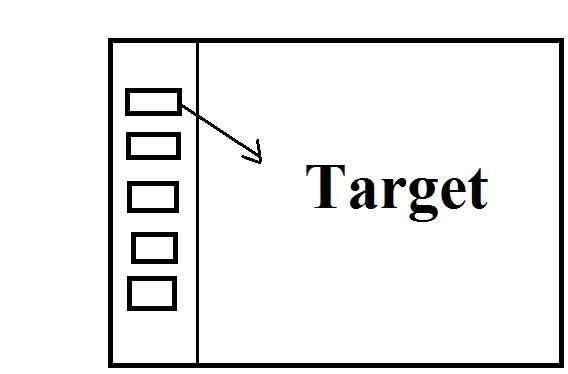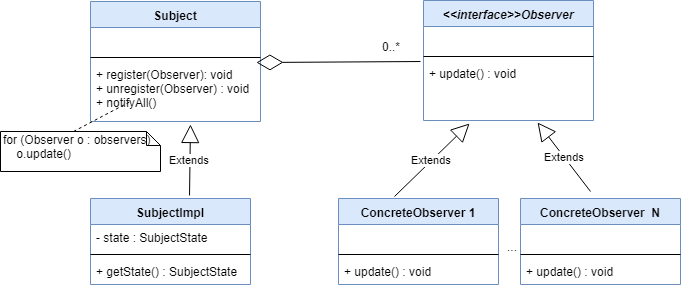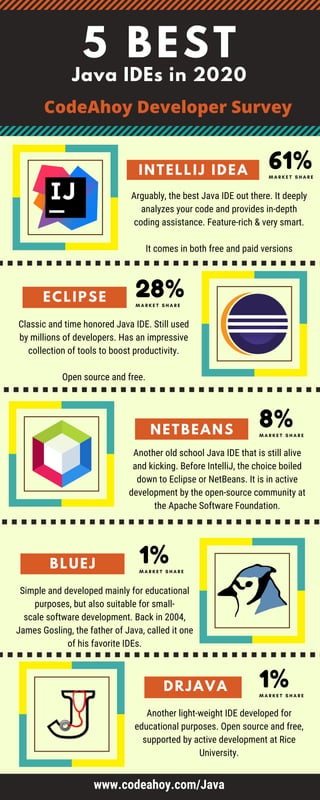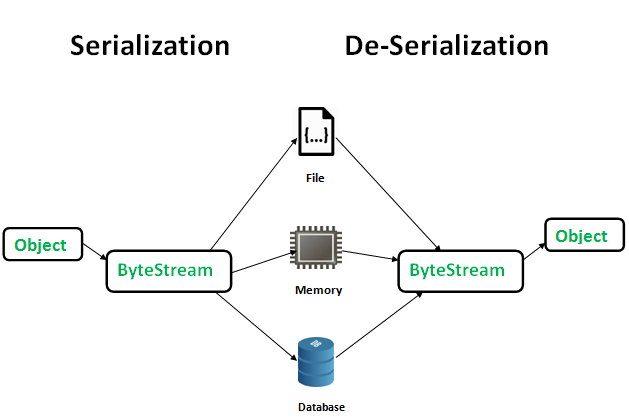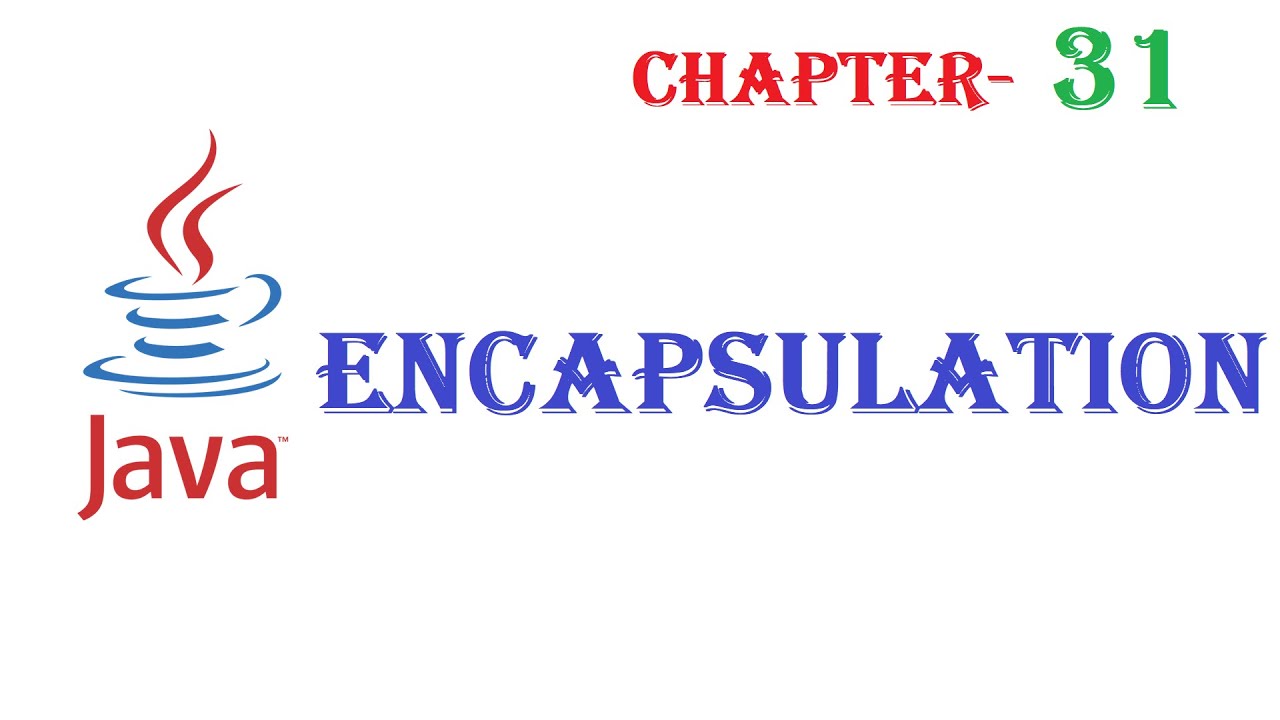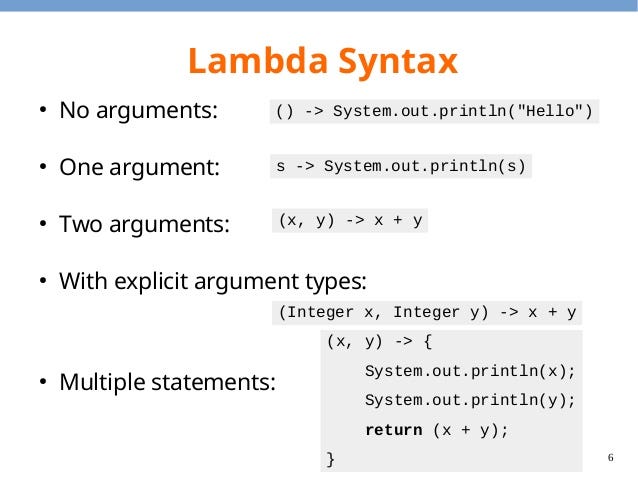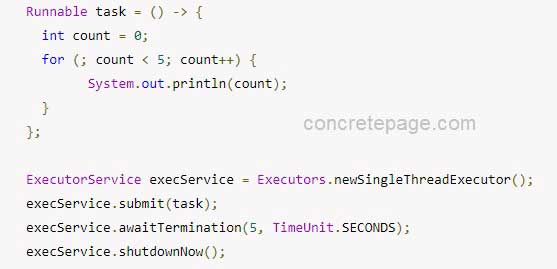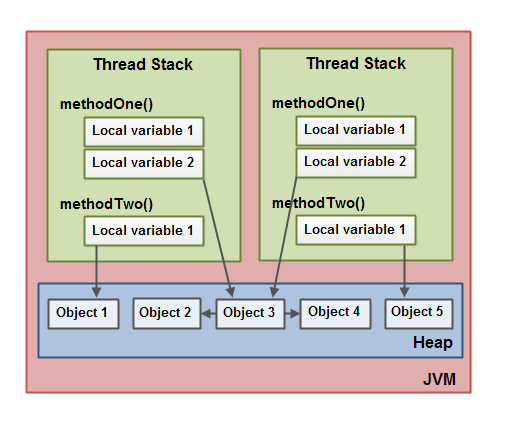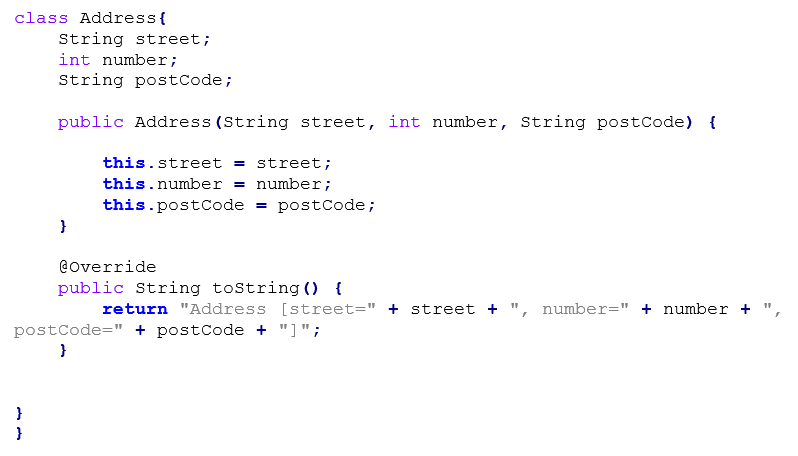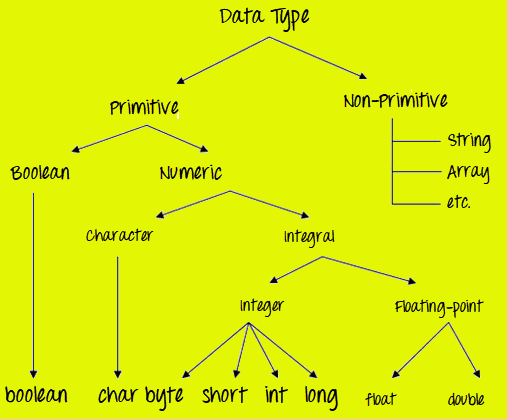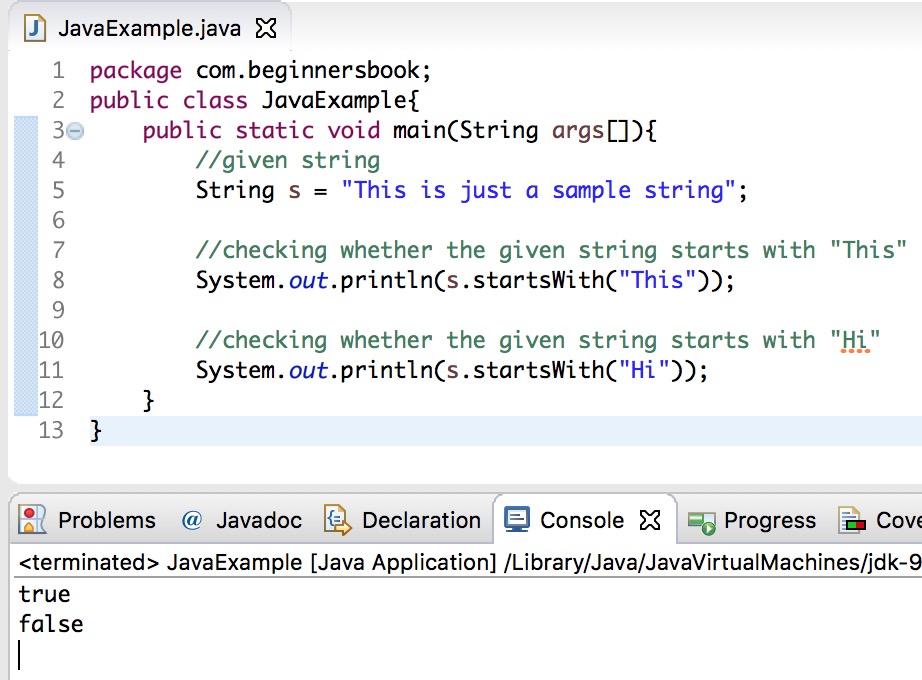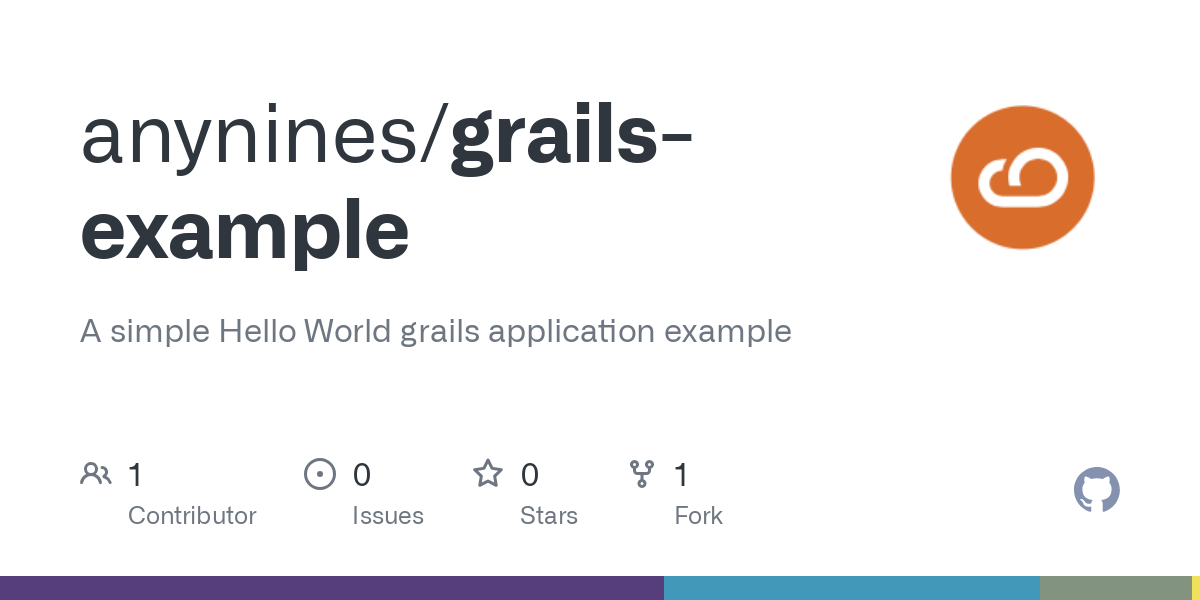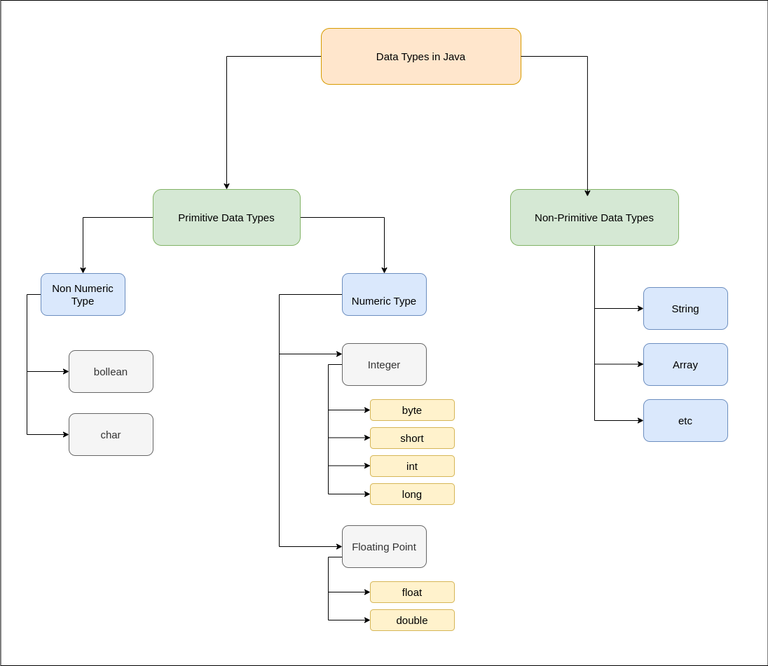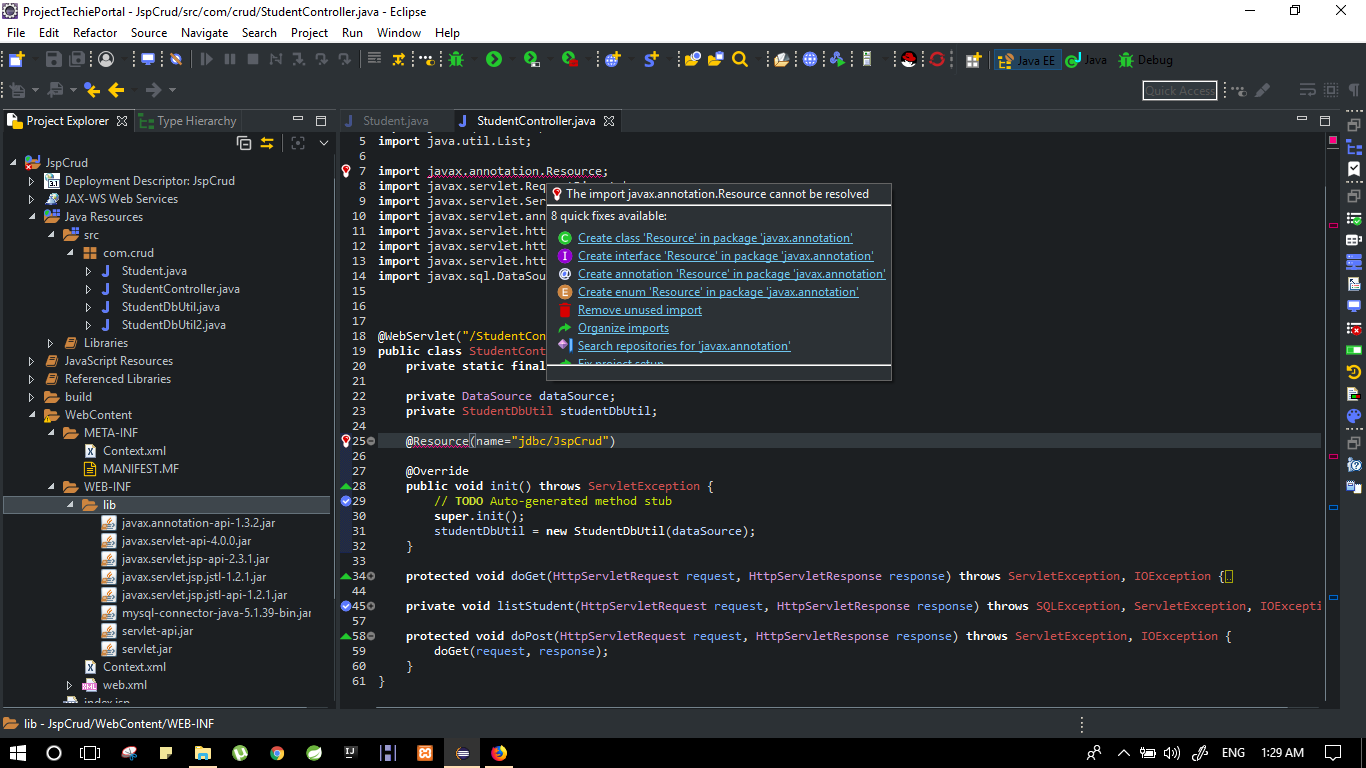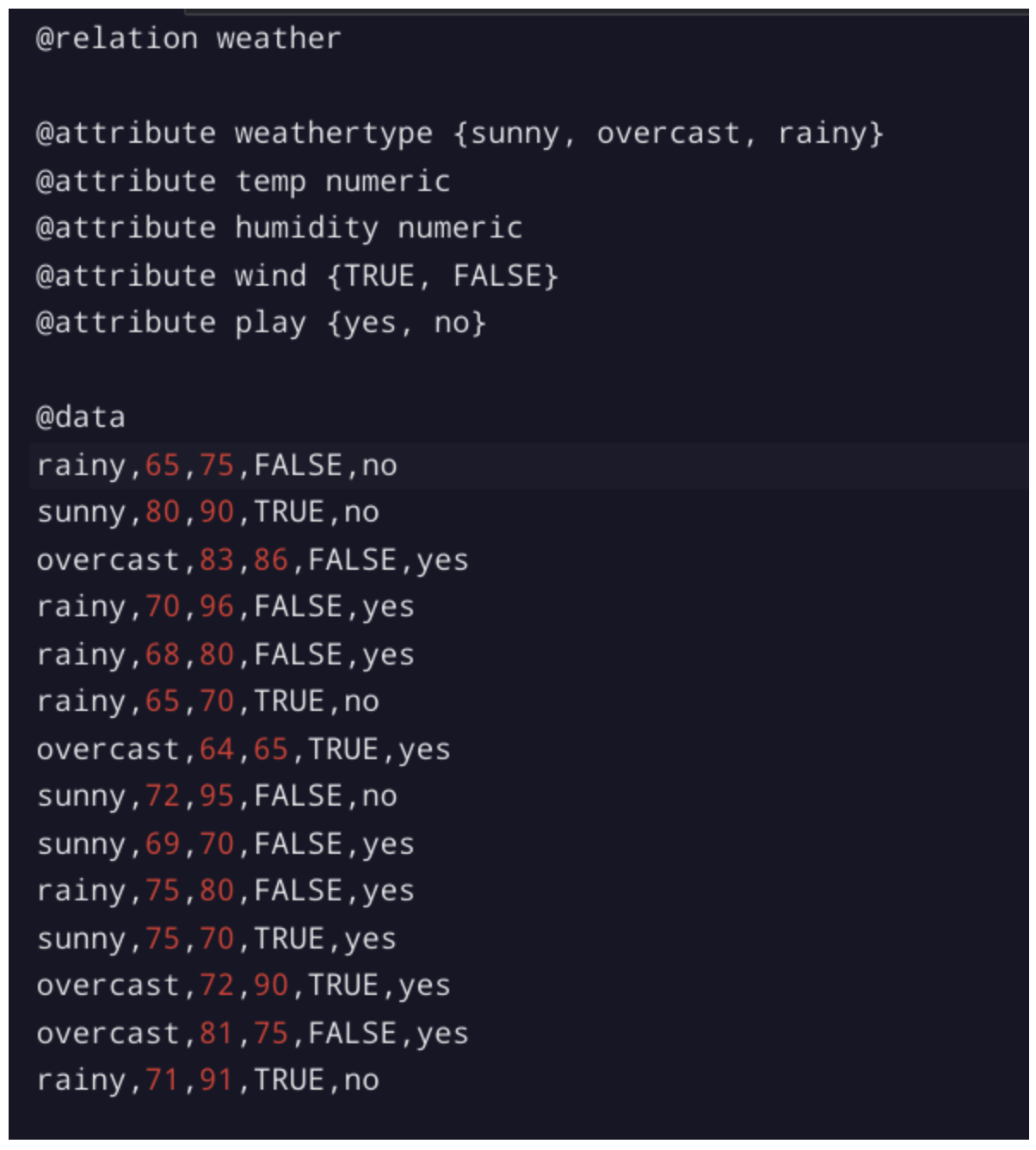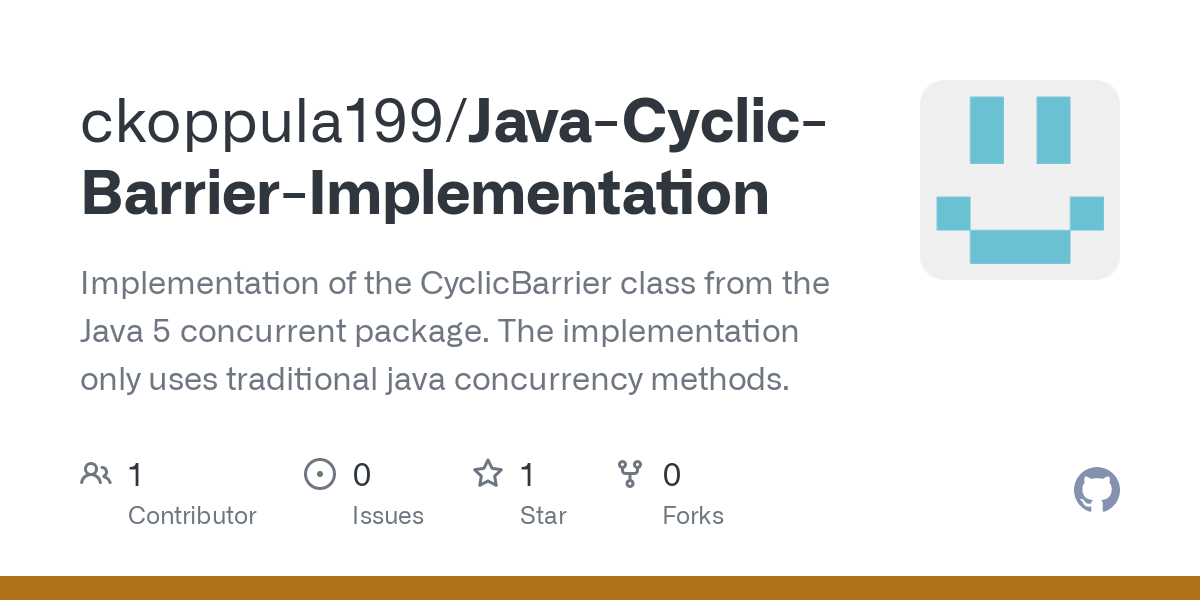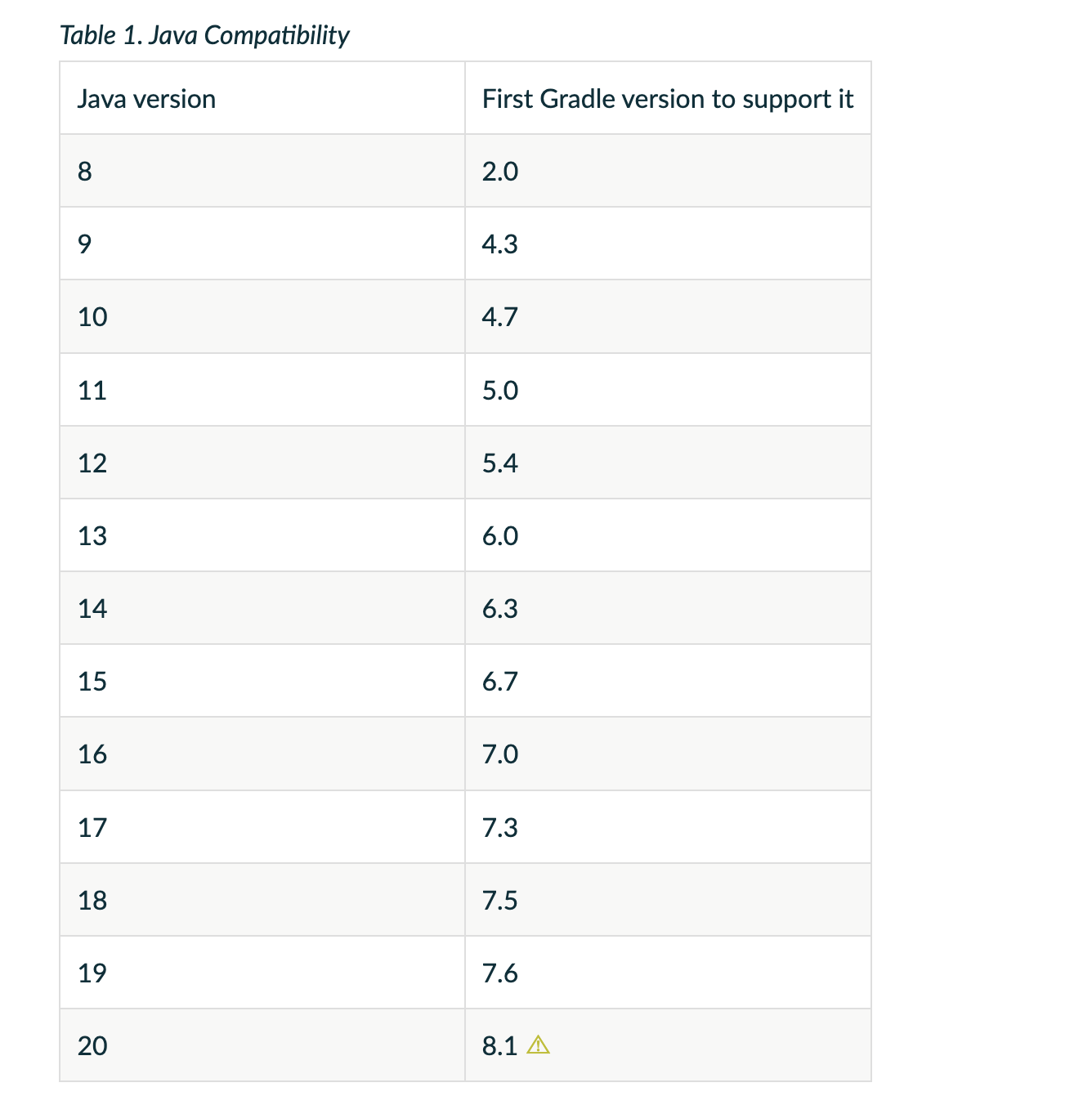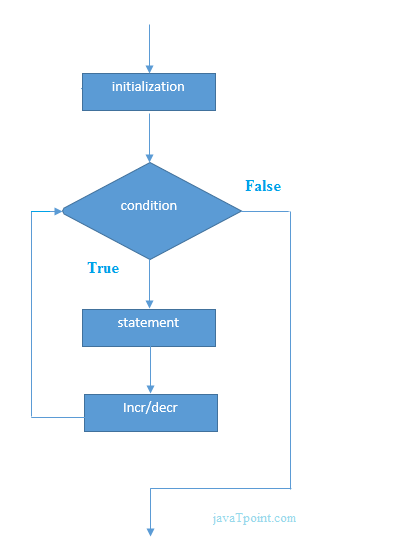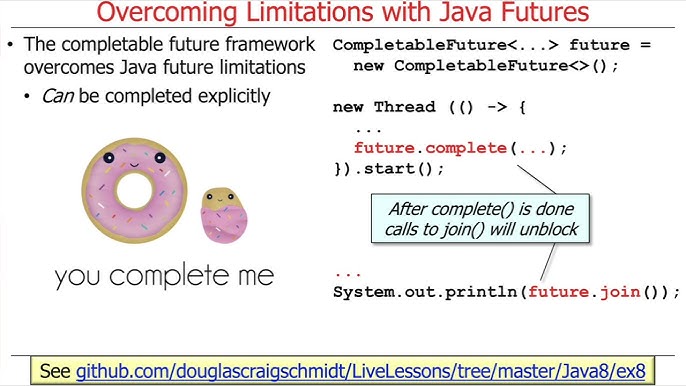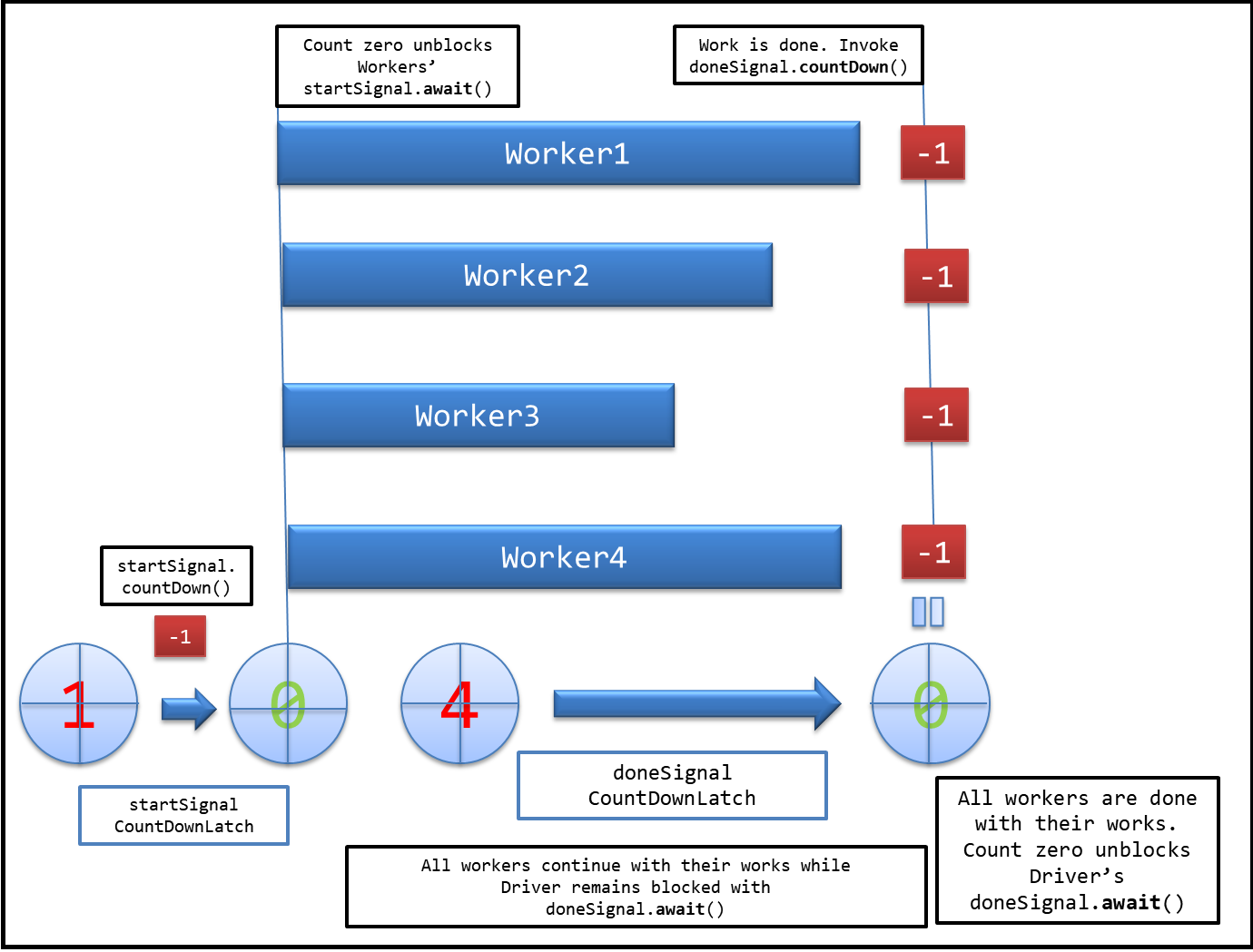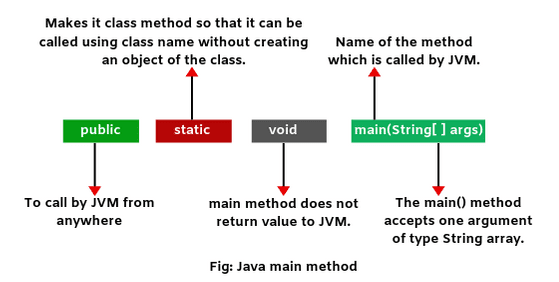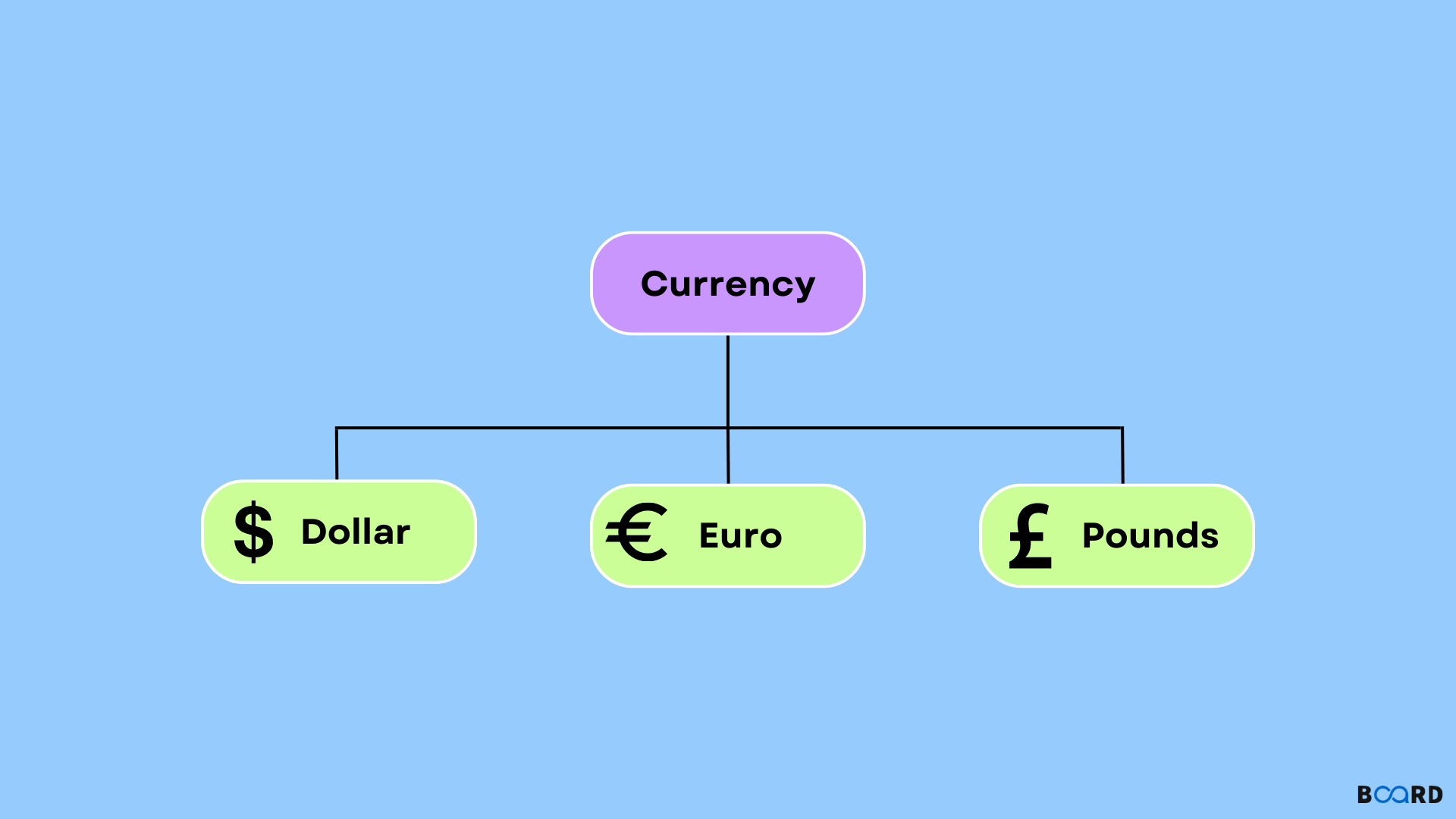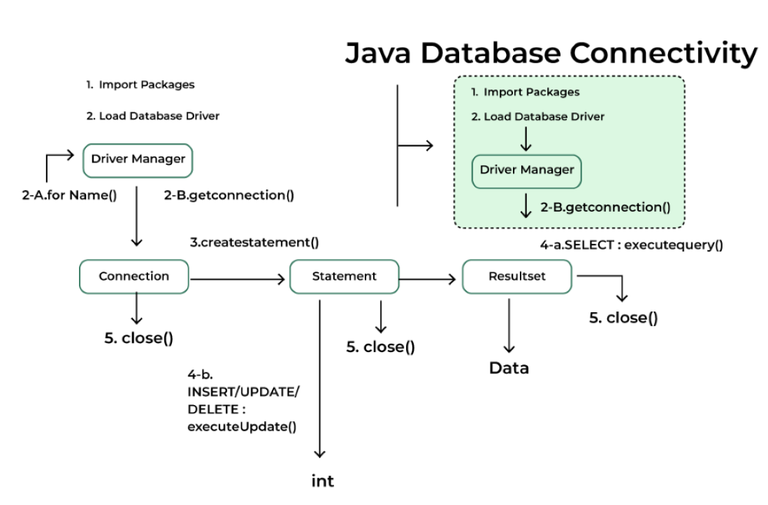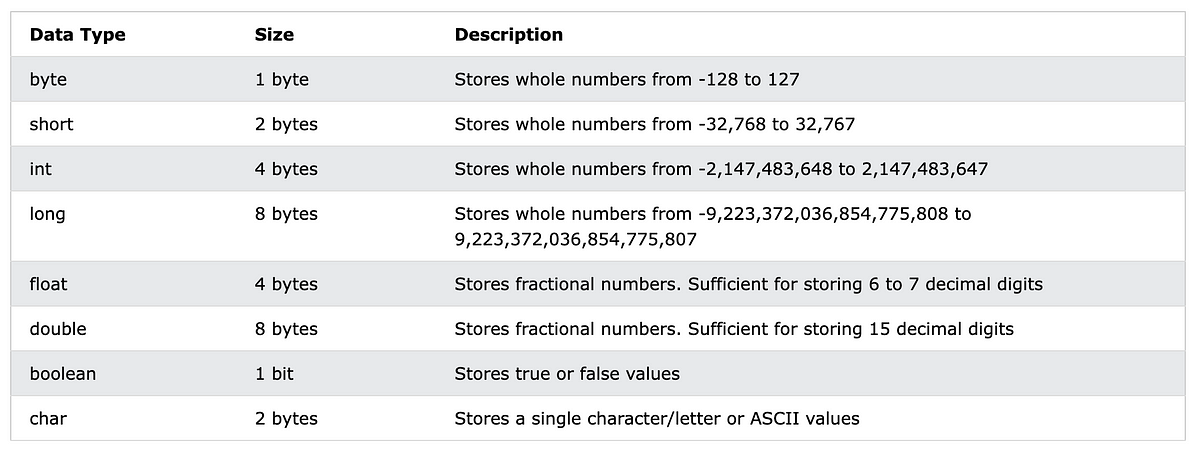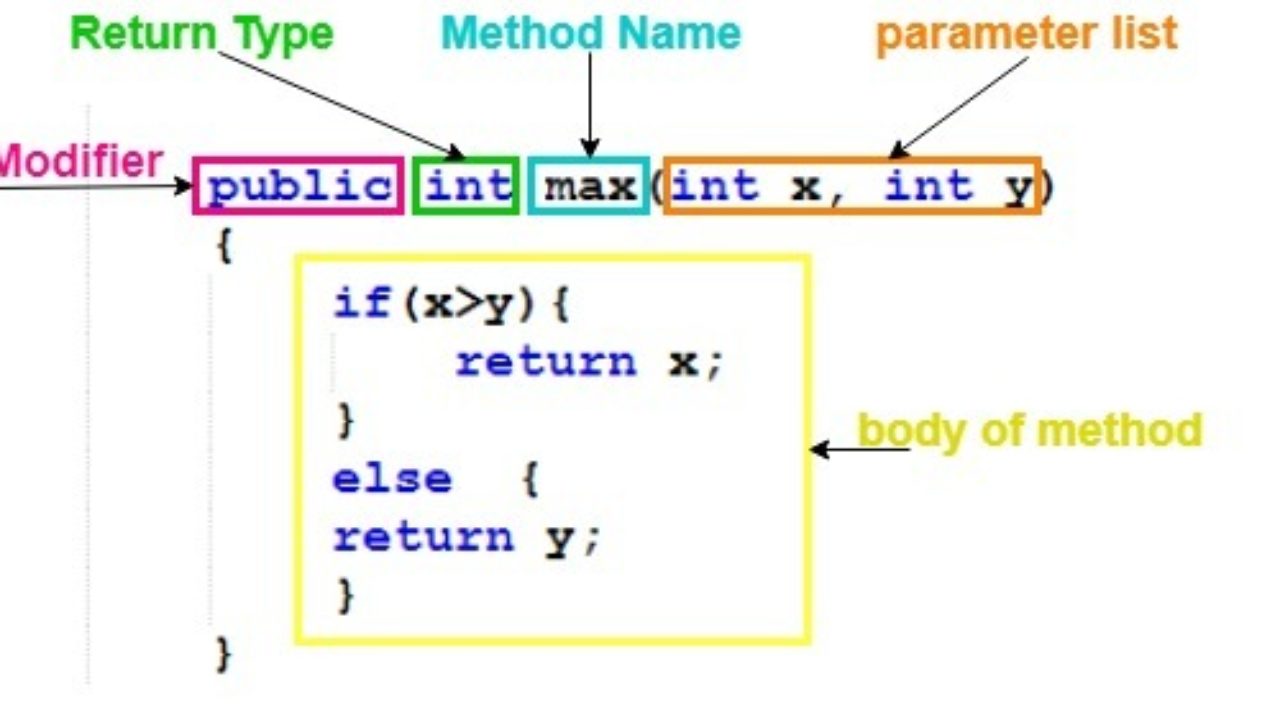dependency injection java geeksforgeeks
dependency injection java geeksforgeeks
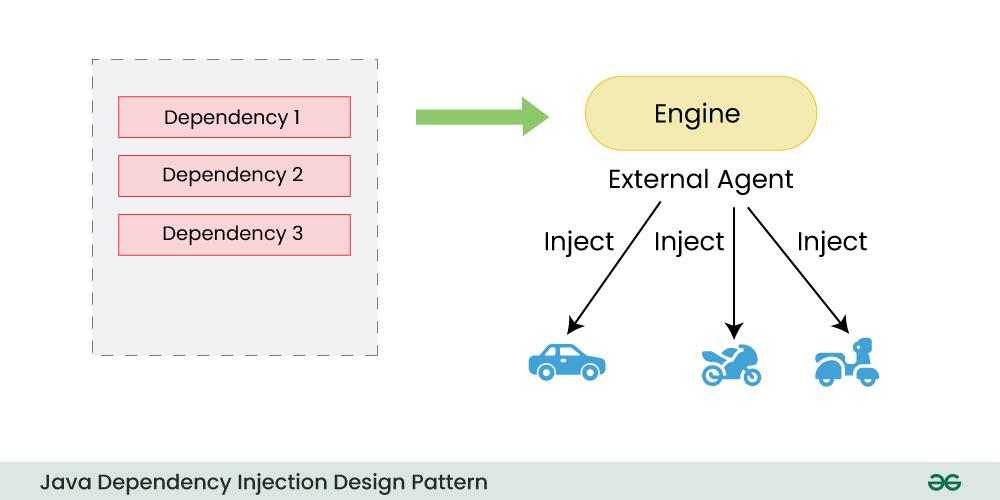
Dependency Injection in Java: A GeeksforGeeks Guide
As developers, we often find ourselves creating objects that depend on the existence of other objects to function properly. This can lead to tight coupling between these objects, making it difficult to test, maintain, and evolve our codebase over time. Dependency injection (DI) is a software design pattern that helps address this issue by decoupling dependent objects from each other.
What is Dependency Injection?
Dependency injection is a technique where one object provides another object with the dependencies it needs to function correctly. In other words, instead of an object creating its own instances of dependent objects, it receives these instances from an external source, often referred to as a "dependency injector."
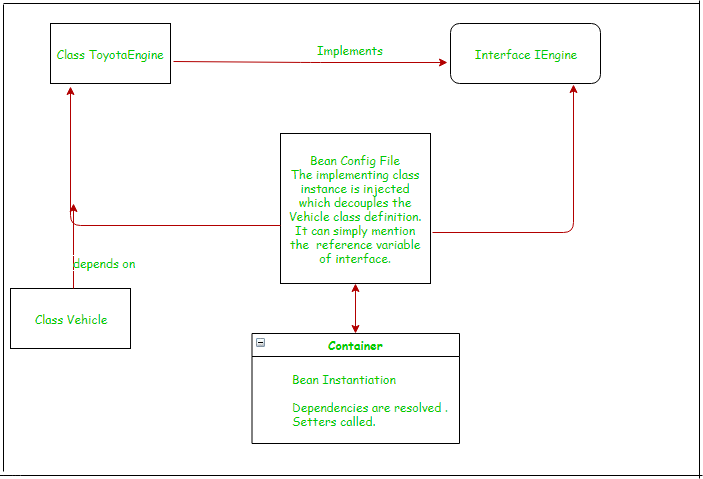
In Java, we can achieve dependency injection using various frameworks and libraries. One popular approach is to use constructor injection, where the dependent object is passed as an argument to the constructor of another object.
Constructor Injection in Java
Here's an example of how you might implement constructor injection in Java:
public class Car {private Engine engine;
public Car(Engine engine) {
this.engine = engine;
}
}
public class Engine {
// implementation details...
}
// Usage
Car car = new Car(new Engine());
In this example, the Car object depends on an instance of the Engine class to function. Instead of creating its own Engine instance, the Car object receives it as an argument in its constructor.
Setter Injection in Java
Another approach is setter injection, where a dependent object sets its dependencies through setter methods:
public class Car {private Engine engine;
public void setEngine(Engine engine) {
this.engine = engine;
}
}
public class Engine {
// implementation details...
}
// Usage
Car car = new Car();
car.setEngine(new Engine());
In this case, the Car object provides a setter method for its engine field, which is set to an instance of the Engine class.
Advantages of Dependency Injection
By using dependency injection in Java, you can enjoy several benefits:
Decoupling: Dependent objects are no longer tightly coupled, making it easier to test and maintain code. Testability: With DI, you can easily mock dependent objects for unit testing purposes. Flexibility: You can swap out different implementations of the same dependency without affecting the dependent object's behavior.Popular Java Frameworks for Dependency Injection
Some popular frameworks that support dependency injection in Java include:
Spring Framework: Spring provides a comprehensive DI framework, including constructor and setter injection. Google Guice: Guice is another popular DI framework for Java that supports both constructor and setter injection. Apache Commons: The Apache Commons project offers several libraries for DI, including thecommons-beanutils library.
Conclusion
In this article, we explored the concept of dependency injection in Java, a technique that helps decouple dependent objects and improves code maintainability and testability. We also touched on popular Java frameworks that support DI, such as Spring, Guice, and Apache Commons. By embracing DI, you can write more robust and flexible software systems that are easier to evolve over time.
Java dependency injection example
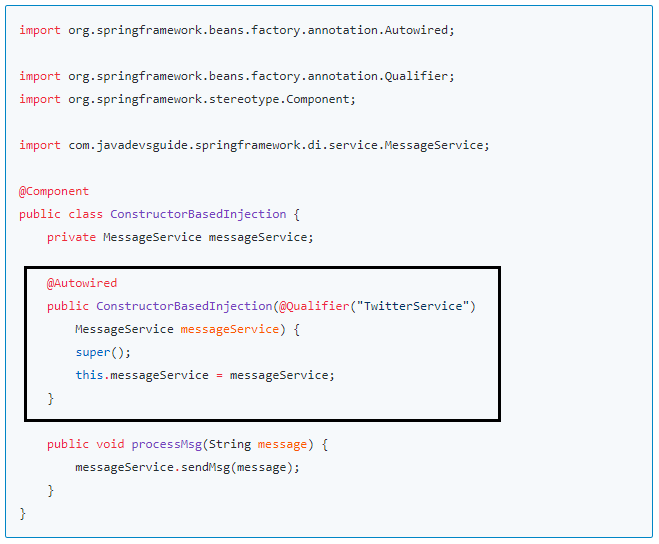
Here is a detailed example of Java dependency injection using the Spring Framework.
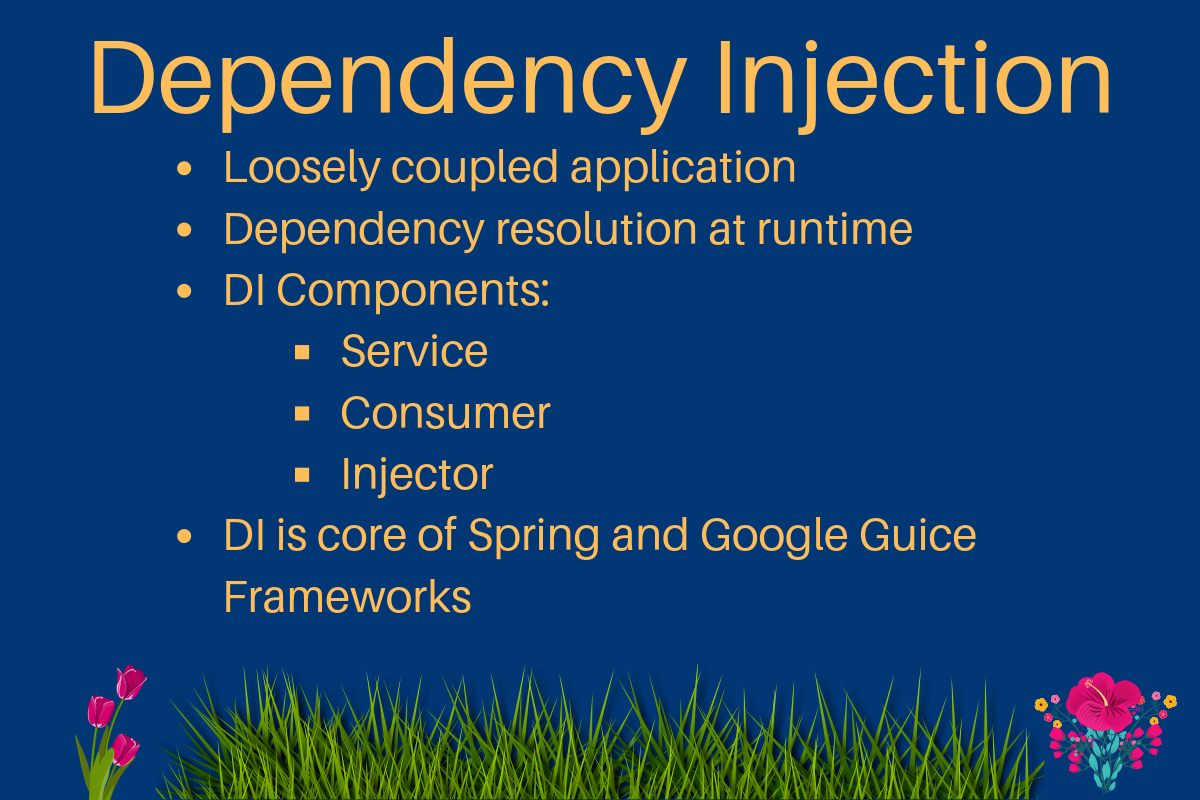
Suppose we have a simple banking application that has several components: Account, Transaction, and Bank. The Bank class uses an instance of the Transaction class to process transactions. We want to decouple the Bank from the concrete implementation of the Transaction class.
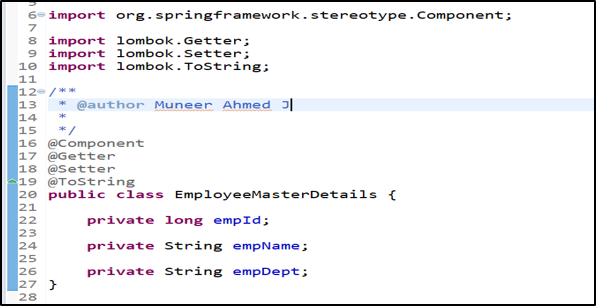
Using Dependency Injection (DI), we can define the dependency between these classes in a separate configuration file (e.g., Spring XML or Java Configuration) rather than having the Bank class create its own instance of the Transaction class.
Here's an example using Spring Java Configuration:
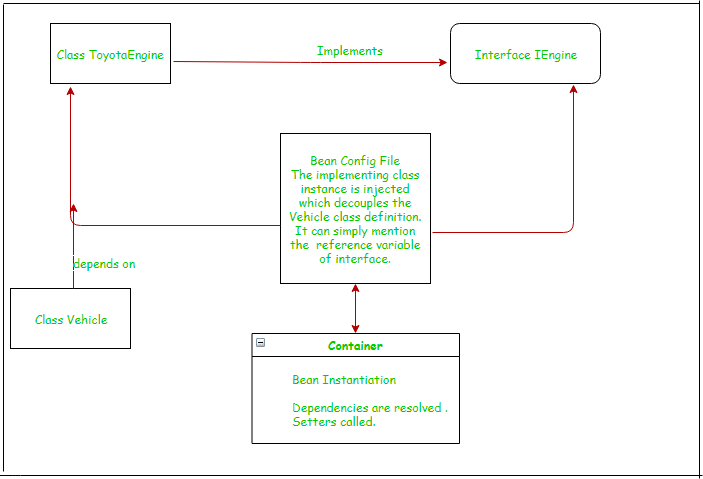
@Configuration
public class BankingConfig {
@Bean
public Transaction transaction() {
return new SimpleTransaction(); // or some other implementation
}
@Bean
public Bank bank(Transaction transaction) {
return new Bank(transaction);
}
}
In this example, we define two beans: transaction and bank. The transaction bean is a simple instance of the Transaction class. The bank bean takes an instance of the Transaction class as its constructor argument.
Now, let's implement the Account, Transaction, and Bank classes:
public class Account {private int balance;
public Account(int initialBalance) {
this.balance = initialBalance;
}
public void deposit(int amount) {
balance += amount;
}
}
public abstract class Transaction {public abstract void processTransaction(Account account, int amount);
}
public class SimpleTransaction extends Transaction {@Override
public void processTransaction(Account account, int amount) {
// Simulate some processing logic...
System.out.println("Processing transaction...");
}
}
public class Bank {private Transaction transaction;
public Bank(Transaction transaction) {
this.transaction = transaction;
}
public void makeTransaction(Account account, int amount) {
transaction.processTransaction(account, amount);
}
}
In the Bank class, we simply inject an instance of the Transaction interface through its constructor. We can then use this instance to process transactions.
To use these classes, we create a Spring application context and define our beans:
public class Main {public static void main(String[] args) {
AnnotationConfigApplicationContext context =
new AnnotationConfigApplicationContext(BankingConfig.class);
Bank bank = context.getBean(Bank.class);
Account account = new Account(100);
bank.makeTransaction(account, 50); // Process a transaction
}
}
In this example, we create an instance of the Bank class using the Spring application context. We then use the makeTransaction method to process a transaction.
By injecting dependencies through the configuration file (Spring Java Configuration), we decouple the Bank class from the concrete implementation of the Transaction class. This makes it easy to swap out different implementations of the Transaction class without modifying the Bank class itself.
This is just one example of how Dependency Injection can be used in Java using the Spring Framework. There are many more powerful and complex scenarios where DI can be applied, but this should give you a basic understanding of the concept.

